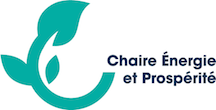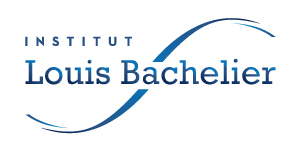Article Published in Volume 39, Special Issue 2 of The Quarterly Journal of the IAEE’s Energy Economics Education Foundation
In this paper we test for the existence of equity market contagion, originating from oil price fluctuations, to regional and domestic stock markets. The data are collected over the period from April 1993 to April 2015. We apply an empirical multifactor asset pricing model with three-factor setting to capture the unexpected return and disentangle simple correlation due to fundamentals and contagion. We investigate four regions: the European Monetary Union (EMU), Asia-Pacific (AP), the Non-European Monetary Union (NEMU) and North America (NA). We define contagion as the excess correlation that is not explained by fundamental factors. Oil price risk is shown to be a factor as important as contagion. In addition, oil price fluctuations amplify contagion in the context of regional markets strongly interlinked with the USA.
Séminaire en présence d'Adam George (SOAS, University of London). Adam George présente un modèle macroéconomique SFC environnemental britannique intégrant émissions de CO2 et investissements verts de tous les agents économiques. Le modèle trimestriel analyse l'impact des politiques énergétiques selon le rapport capital vert/capital conventionnel. Quatre scénarios fiscaux verts sont testés (2022-2035) : taxe carbone, investissement...
Le laboratoire GAEL (Grenoble Applied Economics Laboratory) et la Chaire Energie et Prospérité organisent un workshop sur l’économie de la bioénergie les jeudi 9 et vendredi 10 octobre 2025 sur le campus universitaire de Grenoble.

